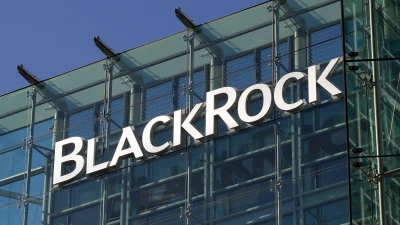Direct property manages longevity risk
The use of direct property within self-managed superannuation funds (SMSFs) could help to balance longevity risk and investment risk, according to a report from Charter Hall Direct Property and Strategy Steps.
For trustees moving from the accumulation phase to the pension phase it is important to limit investment risk, because if the value of a portfolio drops in a downturn any funds withdrawn serve to lock in those losses, according to Charter Hall Direct Property chief executive Richard Stacker.
As a result many trustees move to a much more defensive allocation in retirement, but with life expectancies growing and many people expected to live 30 or more years beyond retirement age some allocation towards growth is necessary to maintain funds while allows for some withdrawals, he said.
Direct property helps manage longevity risk because it provides attractive long-term returns compared to defensive assets such as cash and fixed interest, but has a much lower correlation to equities than listed property and is less volatile than growth assets such as equities, he said.
Commercial and industrial direct property is also far less susceptible to interest rate rises in the way residential property would be because it has a lower gearing ratio and the rent compared to turnover it low, he said.
There are also significant tax benefits for SMSF investors because as they near retirement, a proportion of the tax paid on property income is also deferred and is paid when the asset is sold, at which point the tax liability could be zero, he said.
Recommended for you
Schroders has appointed a new chief executive as Simon Doyle steps down from the asset manager after 22 years.
Distribution of private credit funds through advised channels to retail investors will be an ASIC priority for 2026 as it releases the results of its thematic fund surveillance and guidance for research houses.
State Street Investment Management has taken a minority stake in private market secondaries manager Coller Capital with the pair set to collaborate on broaden each firm’s reach and drive innovation.
BlackRock Australia plans to launch a Bitcoin ETF later this month, wrapping the firm’s US-listed version which is US$85 billion in size.











